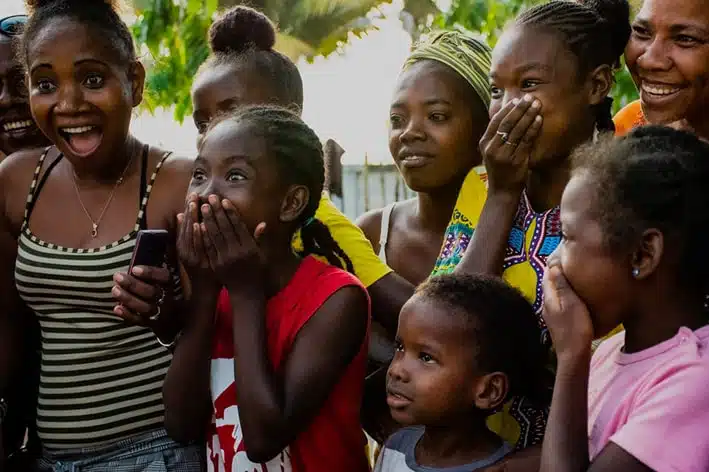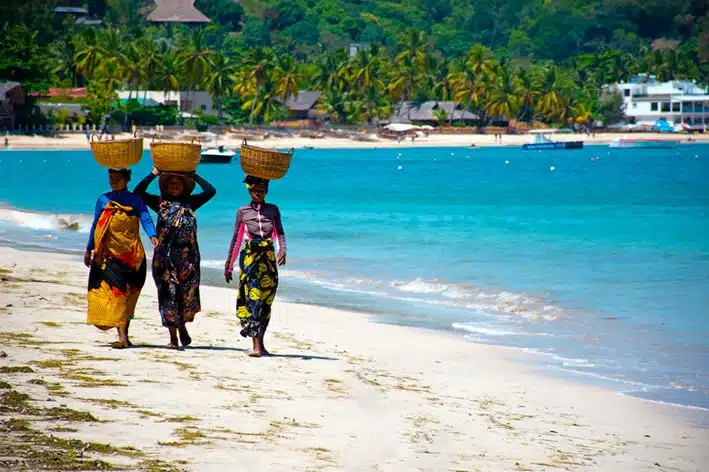Traveling to the Vanilla Islands by plane evokes adventure and exoticism, but it also means CO2 emissions. A collective and individual awareness is required to consider carbon offsetting for our travels. Discover how to practice effective carbon offsetting for your flights.
With their pristine beaches and exceptional biodiversity, the Vanilla Islands are a dream destination for many travelers. However, the excitement of such an adventure is often tempered by the awareness of the considerable carbon footprint represented by a flight to these distant islands. Offsetting one’s carbon footprint then becomes an important step to contribute to the preservation of these unique ecosystems.
International flights are a significant source of CO2 emissions, significantly contributing to global warming. So, how can a conscious globetrotter mitigate the impact of their flight to the Vanilla Islands?
Choosing an Airline Committed to Carbon Offsetting for Flights
The first step towards offsetting your carbon footprint begins well before takeoff. Choosing an airline that prioritizes sustainability and offers carbon offset options is advisable. These programs typically fund reforestation projects or renewable energy development initiatives. Looking for airlines that provide complete transparency on using funds collected for compensation is essential.
Once you’ve chosen the airline, using a carbon footprint calculator is essential. These online tools will help you estimate the emissions generated by your flight and, thus, determine the amount to invest in the offset program. This exercise is crucial for the Vanilla Islands, given the distance separating these destinations from the European, African, or Asian continents.
But compensating doesn’t just mean paying; it’s also about acting. Thus, you can reduce your carbon footprint by adopting sustainable practices even before boarding. For example, by optimizing the weight of your luggage or choosing a direct flight, you already contribute to reducing the fuel needed for the journey.
Sustainable Tourism in the Vanilla Islands
On-site, the commitment continues. The Vanilla Islands offer numerous possibilities for participatory tourism, where travelers can engage in activities that support the local economy and environmental preservation. Whether visiting national parks contributing to the conservation of fauna and flora or opting for eco-responsible accommodations, each conscious choice contributes to more sustainable tourism.
In the end, compensating for your carbon footprint is a process that encompasses much more than simply neutralizing the emissions of your flight. It’s a series of responsible actions, from planning your trip to your return. The Vanilla Islands, with their fragile beauty, deserve such consideration.
Therefore, environmental responsibility when traveling to the Vanilla Islands is a long-term commitment, starting with compensating for your flight but extending well beyond. As travelers, we have the power and responsibility to minimize our impact on these earthly paradises so that future generations can enjoy them.
Additional Tips to Offset Your Carbon Footprint from Flights:
Internal Carbon Compensation: Set up a personal carbon offset fund by setting aside a sum for each kilometer traveled, which will be invested in sustainability projects.
Change in Consumption Habits: Reduce using single-use items during your trip. Choose artisanal souvenirs that support local crafts and the economy without significantly contributing to pollution.
Ecological Transport on Site: Use carpooling services for airport transfers. Plan boat or ferry trips, which are often less polluting than internal flights.
Low-Impact Activities: Favor leisure activities that do not require fuel, such as hiking, snorkeling, or kayaking. Encourage and participate in eco-responsible excursions offered by local guides.
Sustainable Dining: Look for restaurants that use organic and/or local products. Favor establishments that have sustainable practices like composting and recycling.
Investment in Sustainability: Donate to local NGOs working for environmental protection in the region. Participate in coral reef or beach cleaning programs if you go diving or snorkeling.
Responsible Digital Use: Use digital boarding passes instead of printed versions. Reduce data consumption by downloading maps and guides for offline use.
Energy and Water Management: Turn off the air conditioning and lights when you leave your hotel room. Take shorter showers to reduce hot water consumption.
Participation in Reforestation Programs: Engage in or support tree planting initiatives in the region you visit.
Eco-Tips: Inform yourself and follow the advice of environmental organizations on best tourism practices in the islands.
Beyond these individual actions, there’s a growing trend among travelers to engage in carbon-offsetting projects that extend beyond their immediate trip. This involves contributing to long-term environmental initiatives that have a broader impact, such as supporting clean energy projects, investing in sustainable agriculture, or funding community-based environmental education programs in the Vanilla Islands. By participating in these larger-scale projects, travelers not only offset the carbon emissions from their flights but also contribute to a sustainable future for the destinations they visit. This holistic approach to travel underscores a commitment to environmental stewardship and positions travelers as active participants in the global effort to combat climate change. As we embrace this broader perspective, traveling becomes intertwined with a greater purpose, turning each journey into a positive force for change locally and globally.








